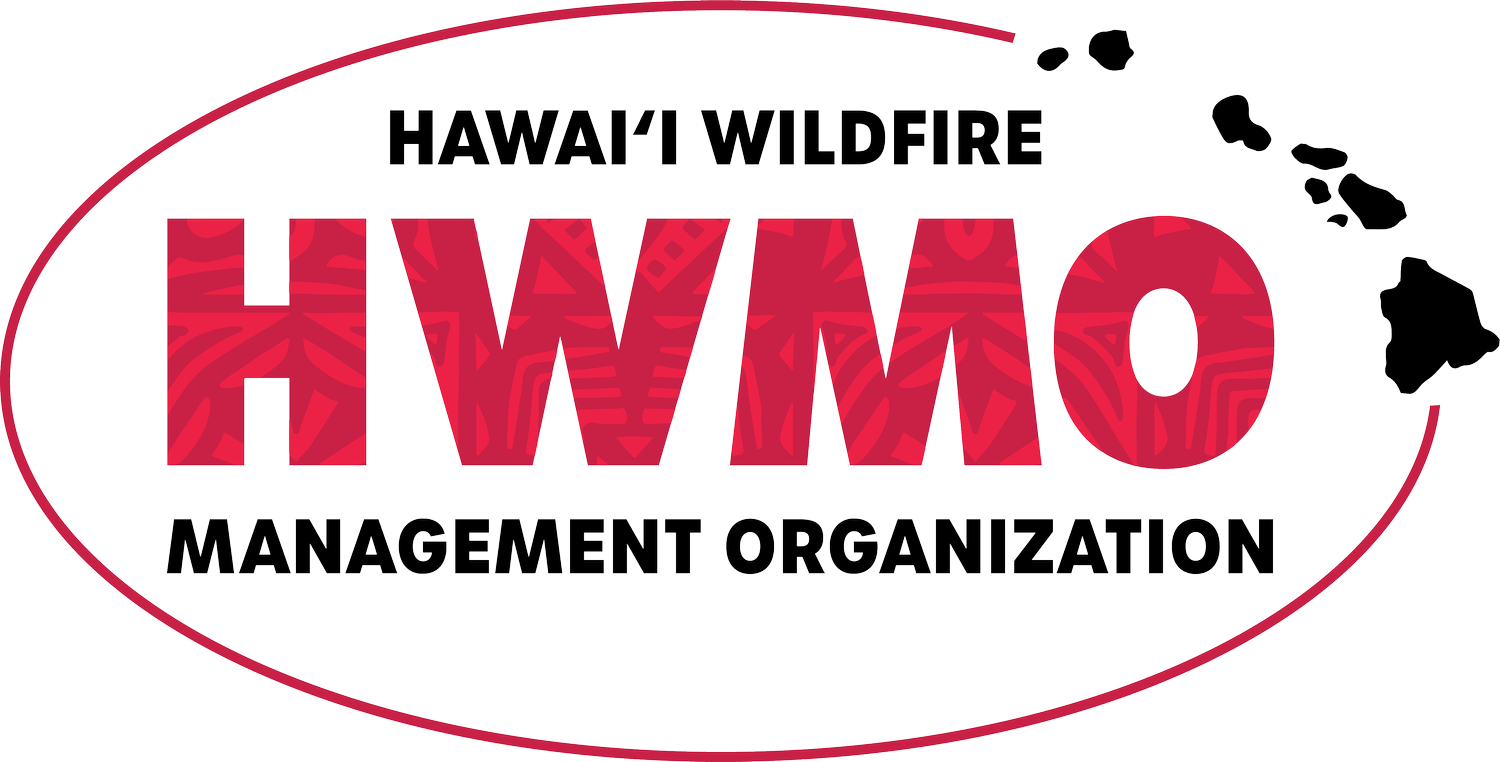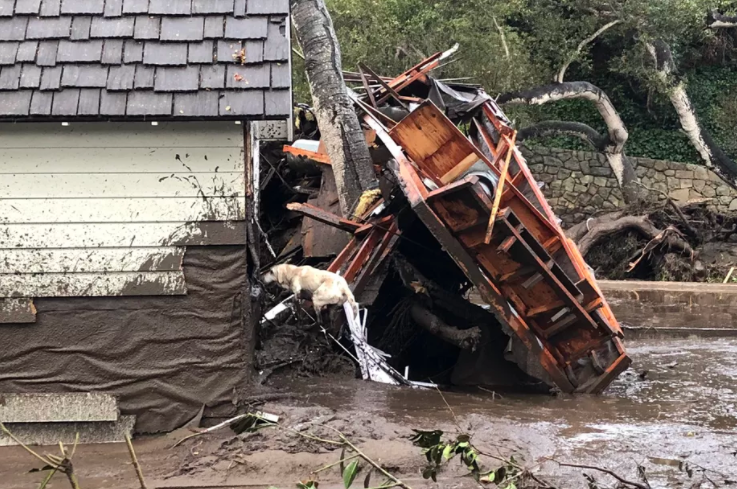Authorities Investigate 3 Suspicious Brush Fires Along Waikoloa Road
"Hawaii Fire Department quickly extinguished three brush fires along Waikoloa Road and Route 190 Monday morning. Police believe the fires to be suspicious." Credit: Judy Wilder / West Hawaii Today
"The first fire occurred on Route 190 near mile marker 12. according to the release, fire personnel were able to quickly extinguish it. The flames consumed approximately 1,000 square feet.
The second brush fire was discovered on the south side of Waikoloa Road near mile marker 10, which crews quickly extinguished. About a 50-foot area was burned.
The last blaze discovered was also on the south side of Waikoloa Road near Uluwehi Street. It destroyed approximately 1,000 square feet."
"Anyone who witnessed the cause of the fires or with information about the blazes is asked to contact Det. Carrie Akina, via email at Carrie.Akina@hawaiicounty.gov, or call at 326-4646 ext. 277.
The department also encourages community members to be aware of the recent fires, especially in the areas of Waikoloa Road and Route 190, and to report any suspicious activity in the area immediately to police at 935-3311."







